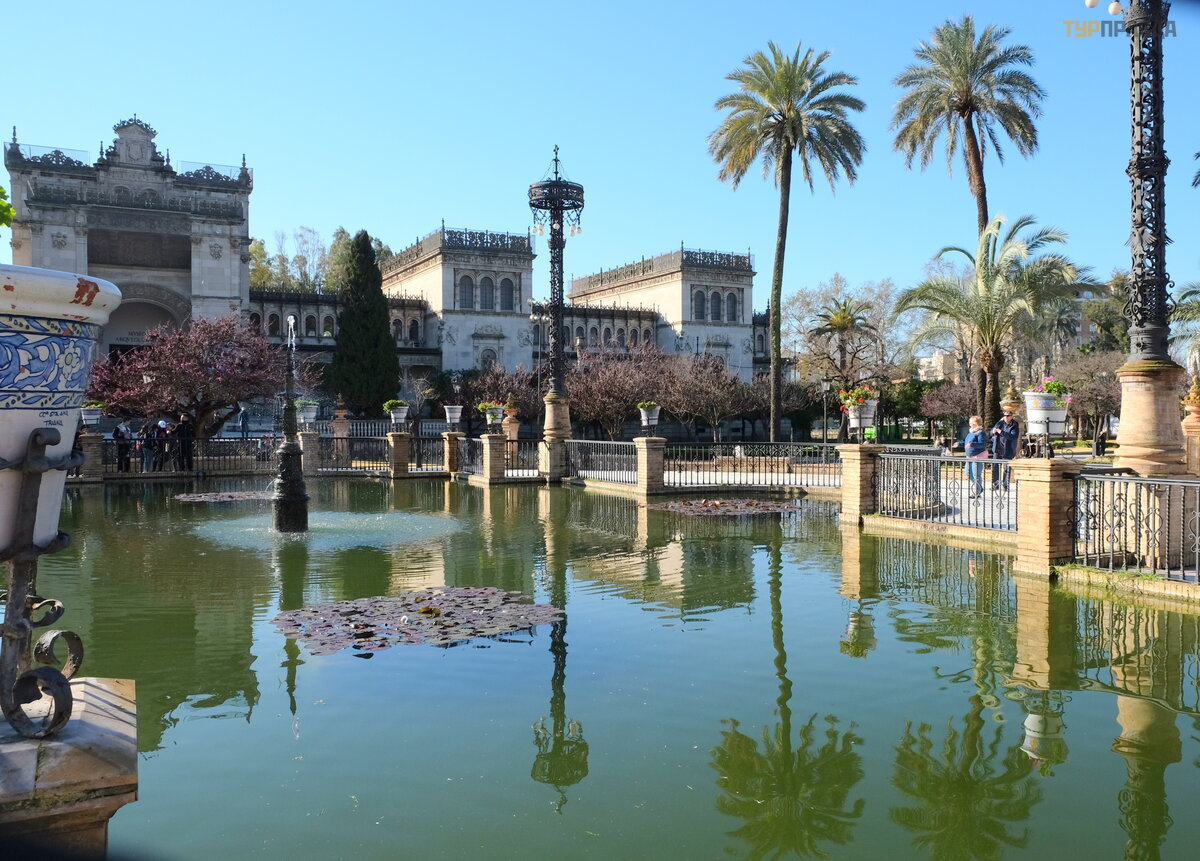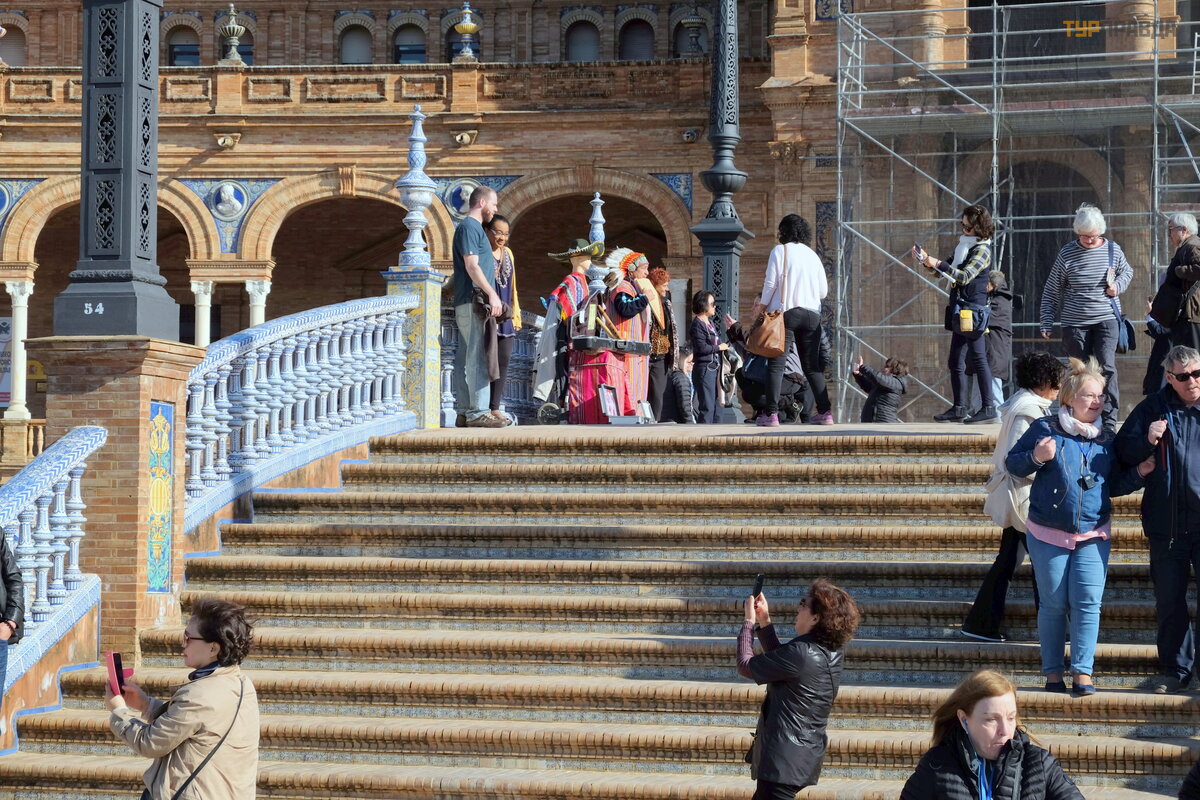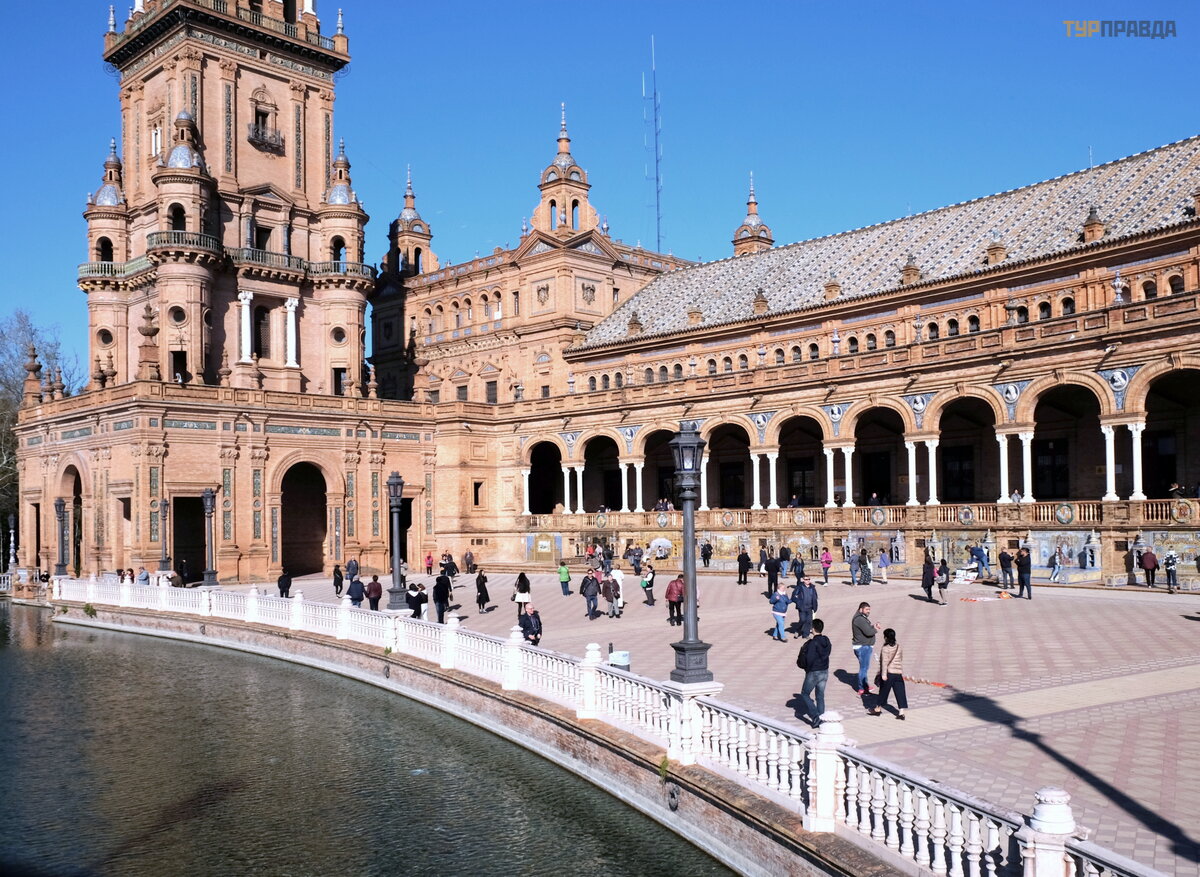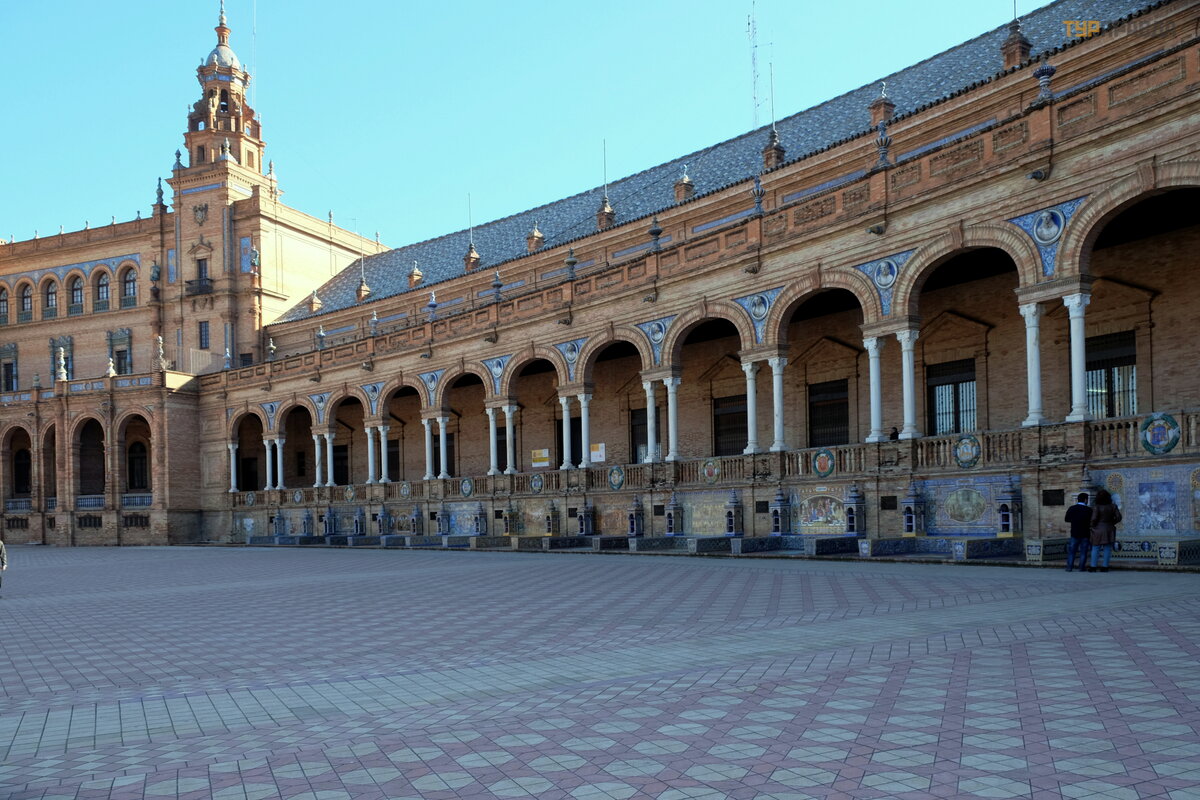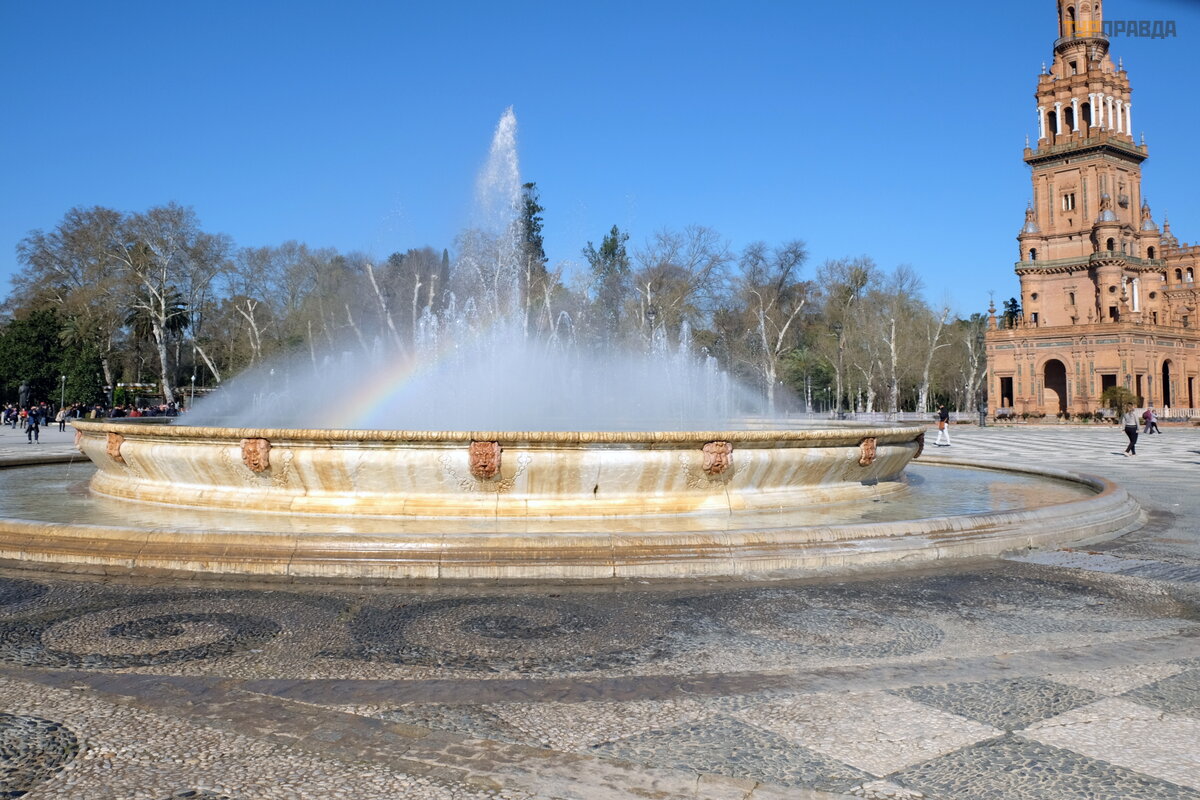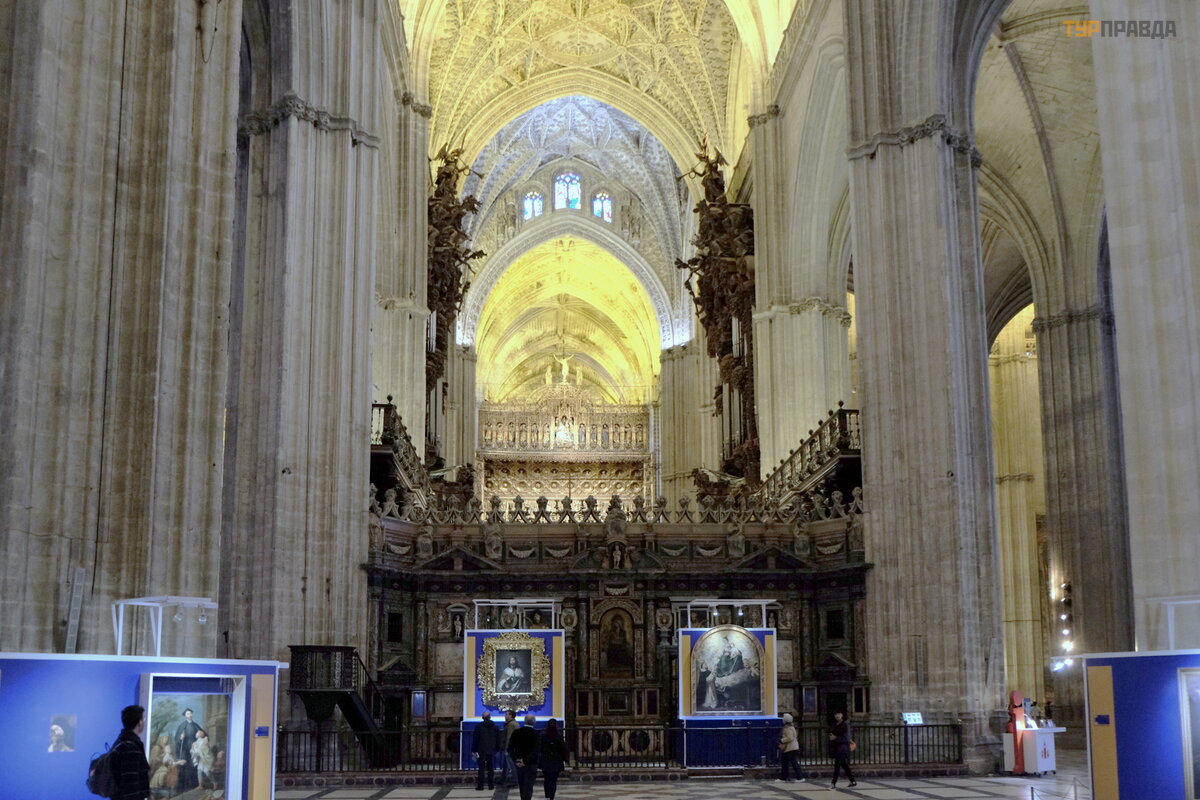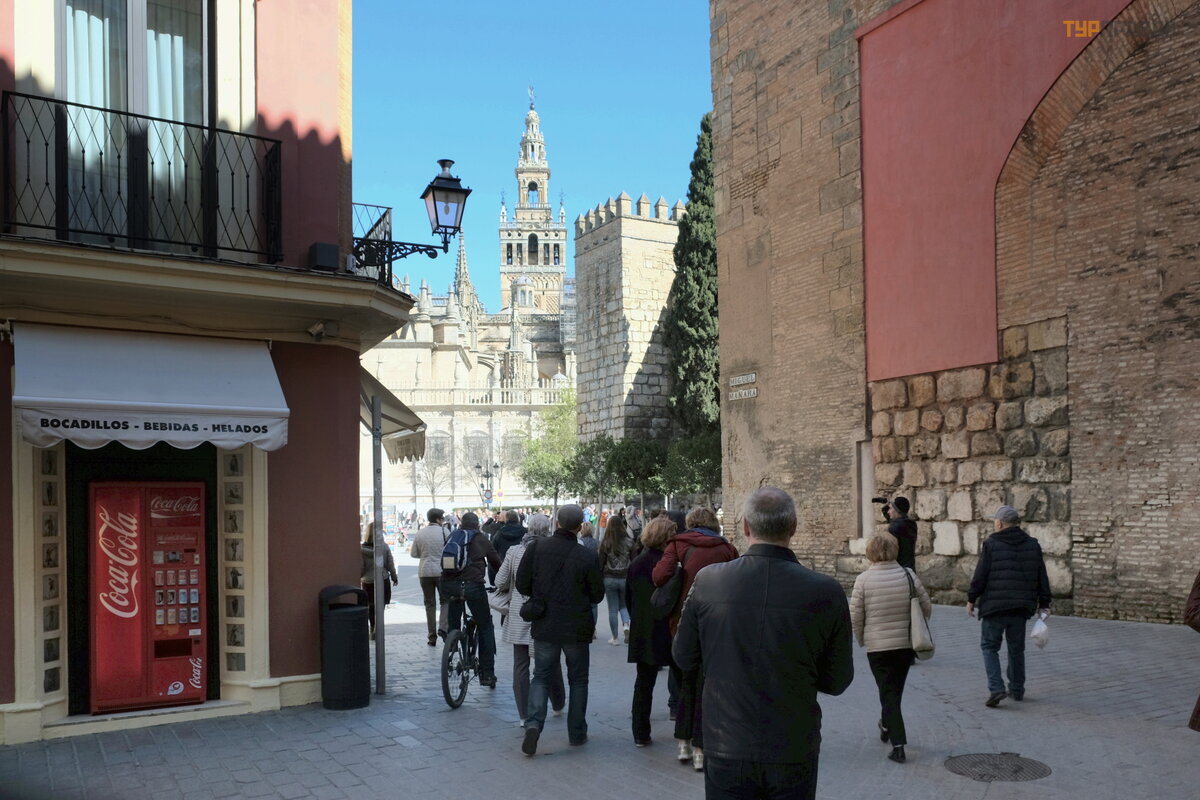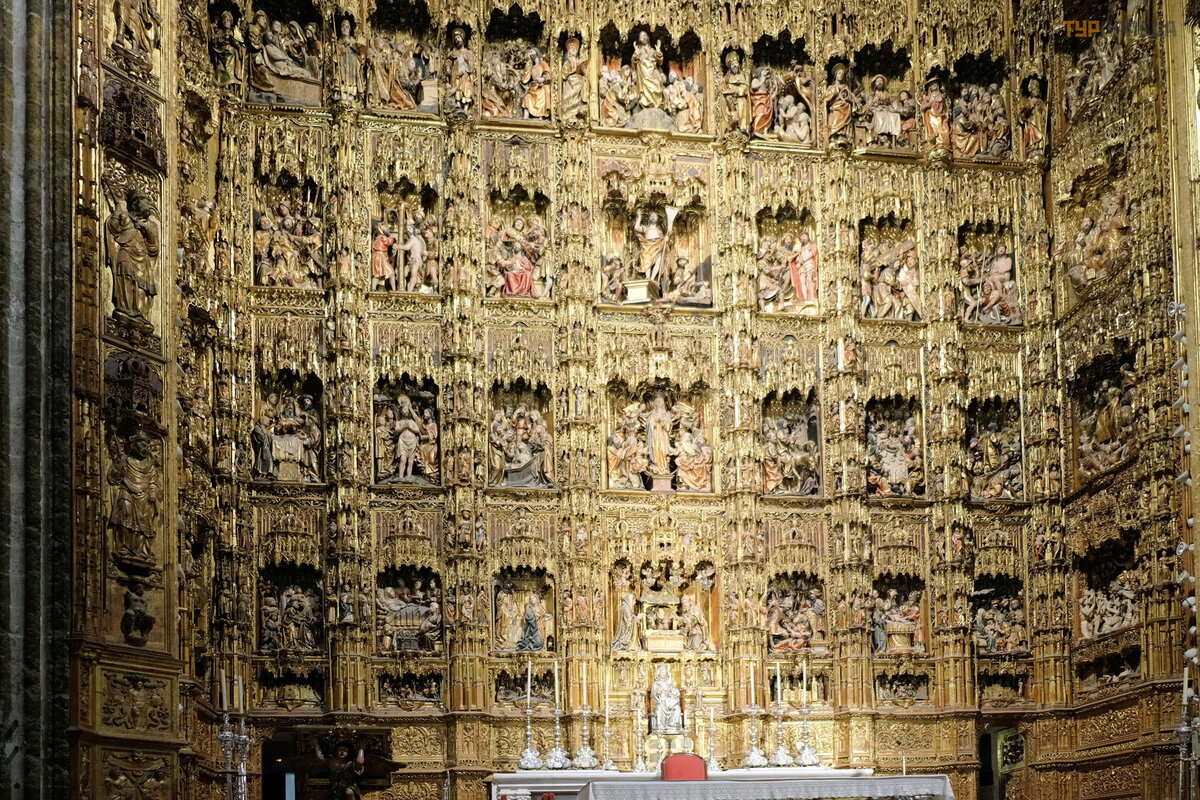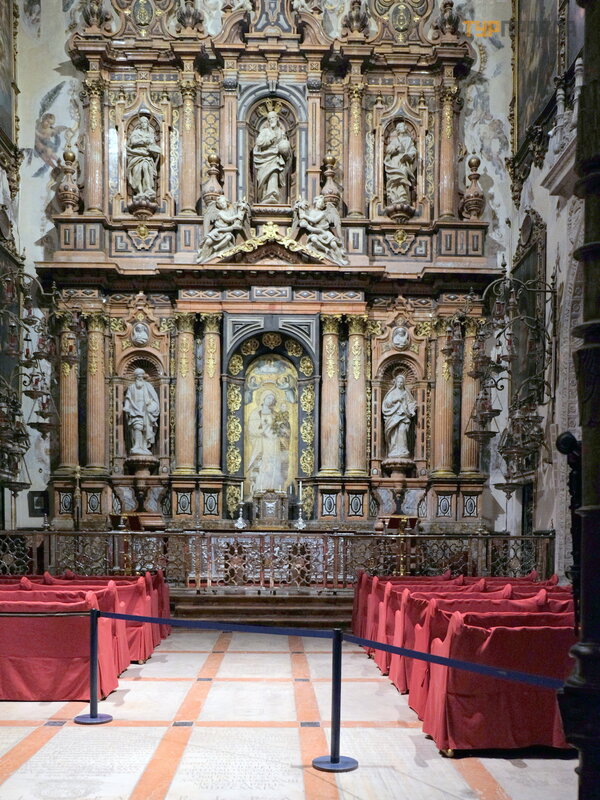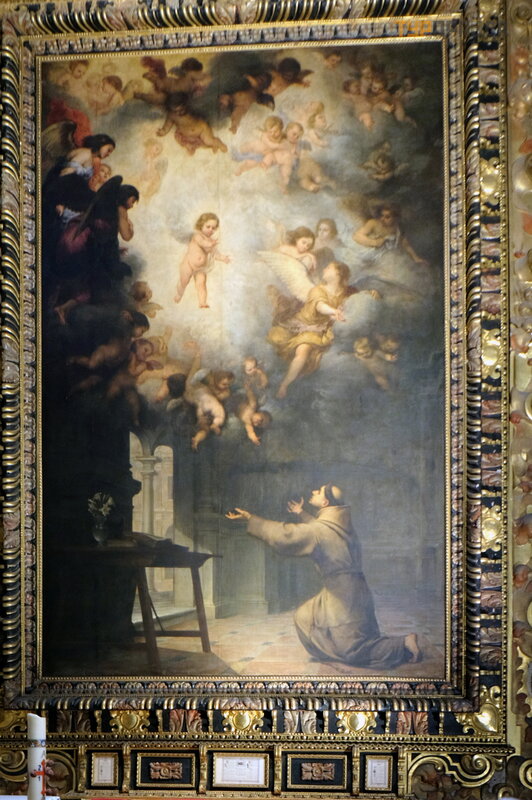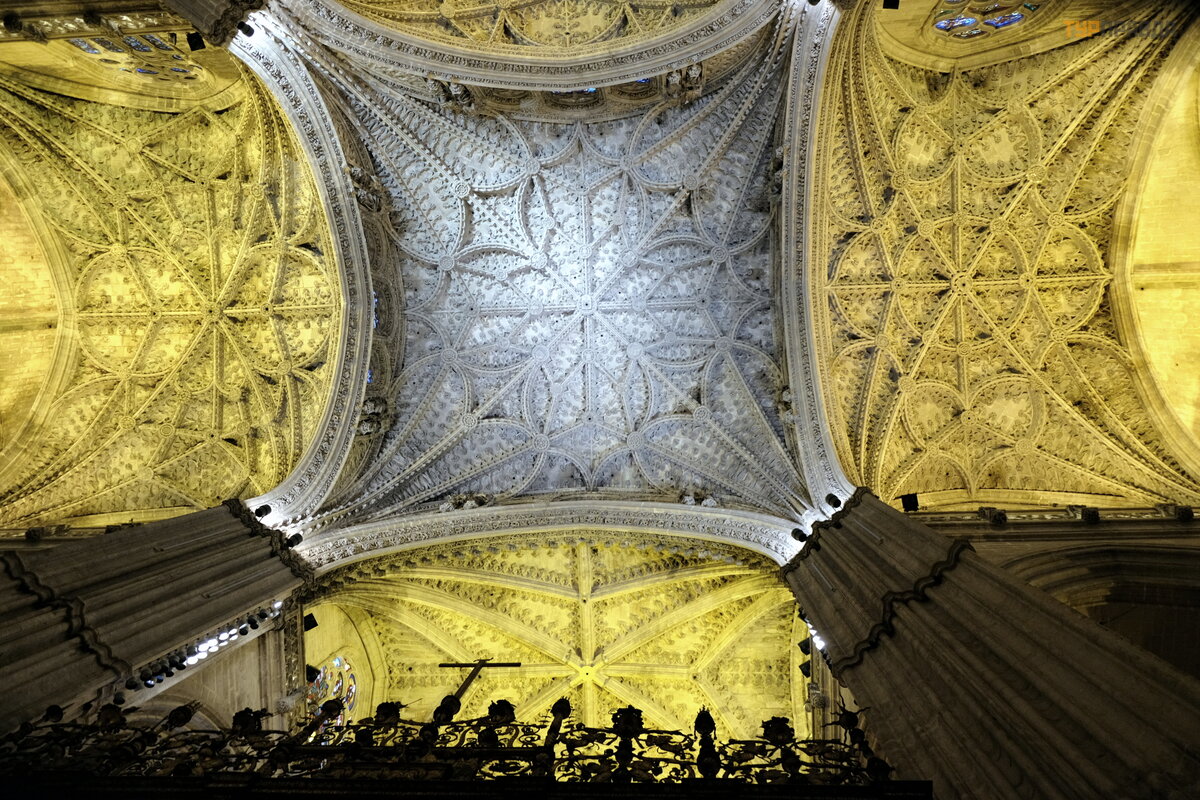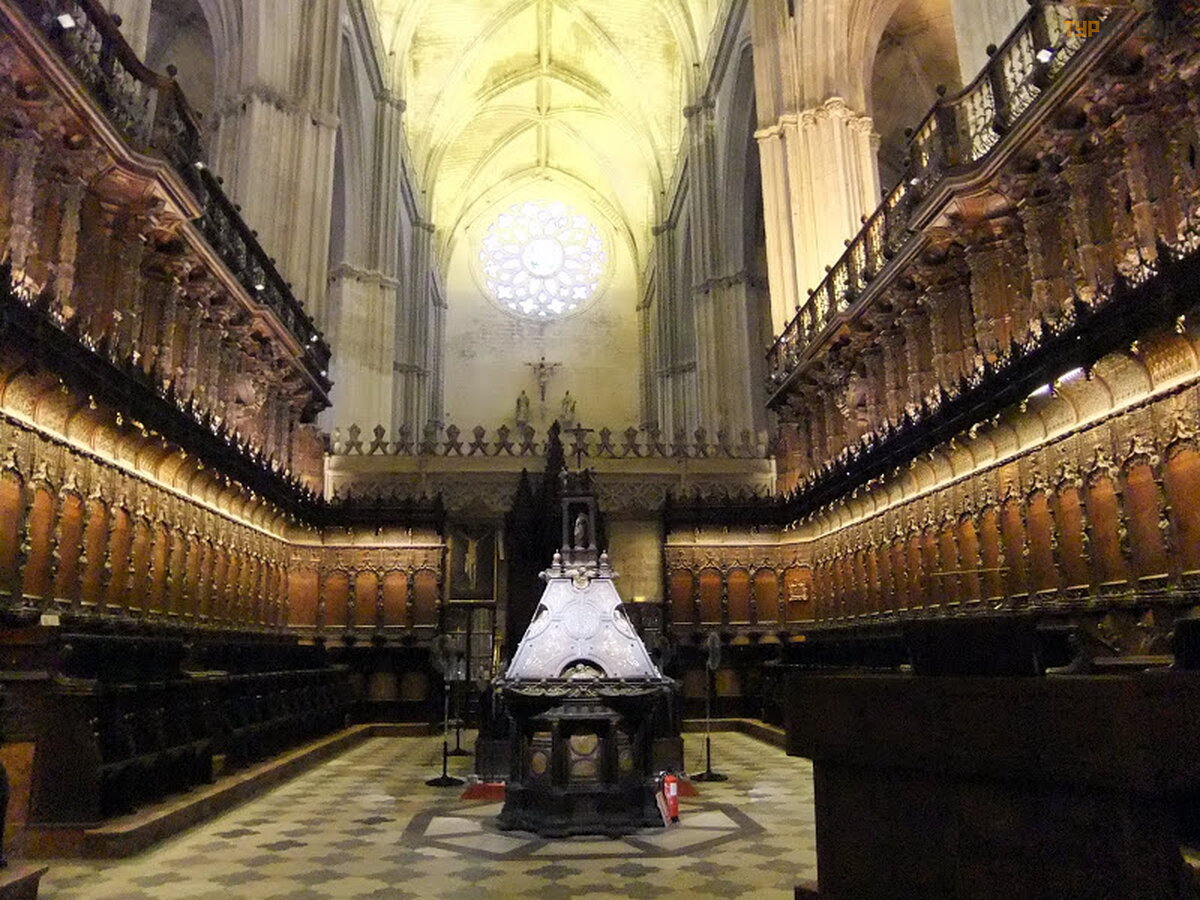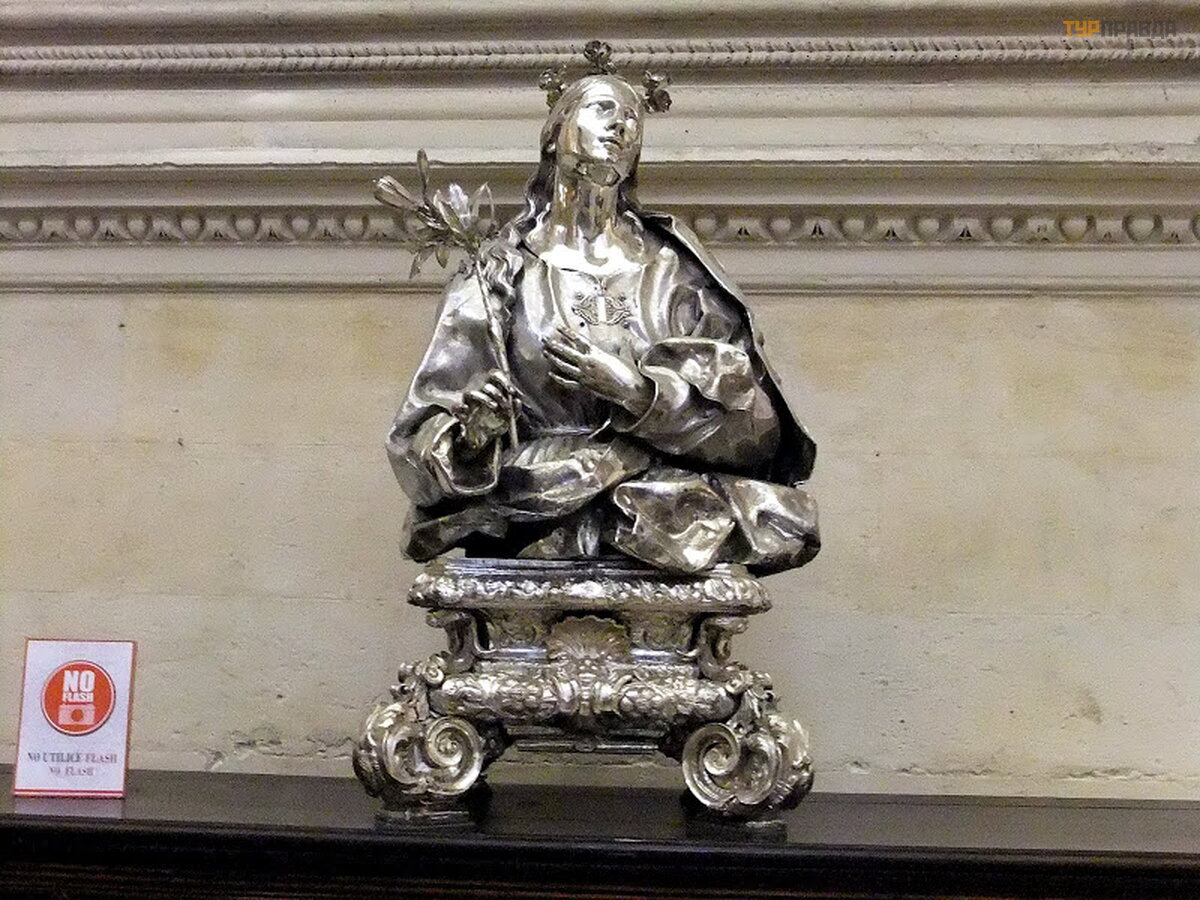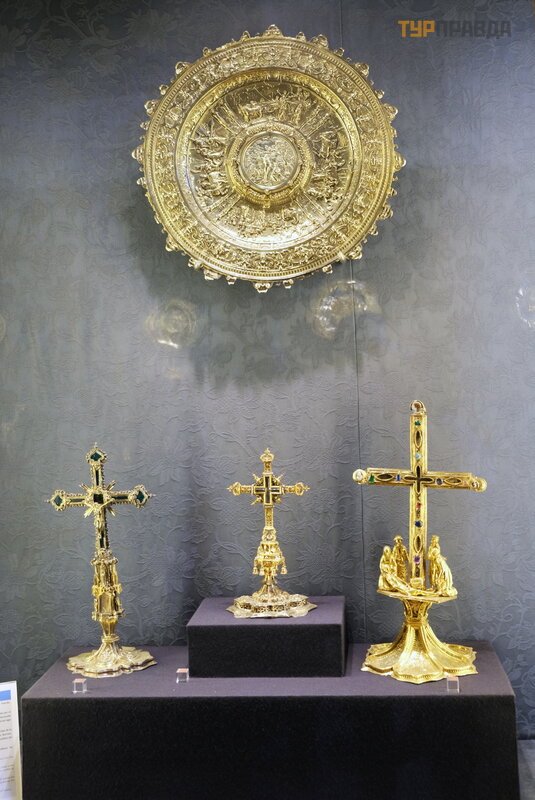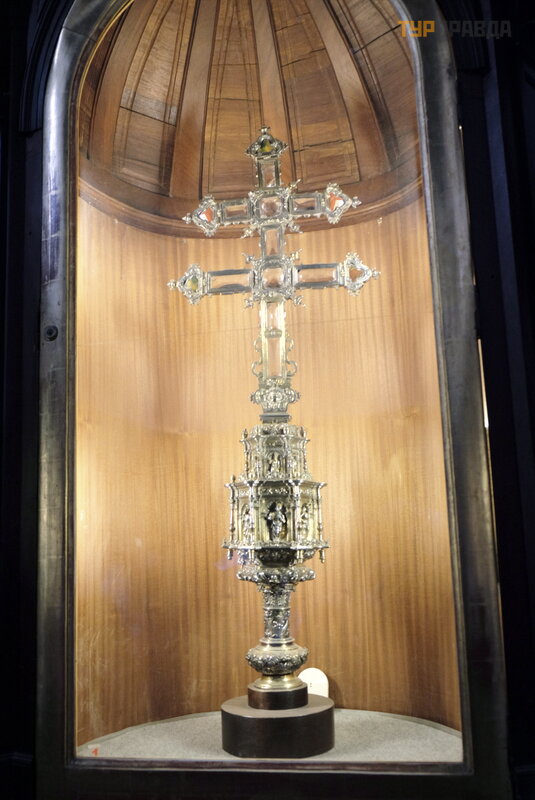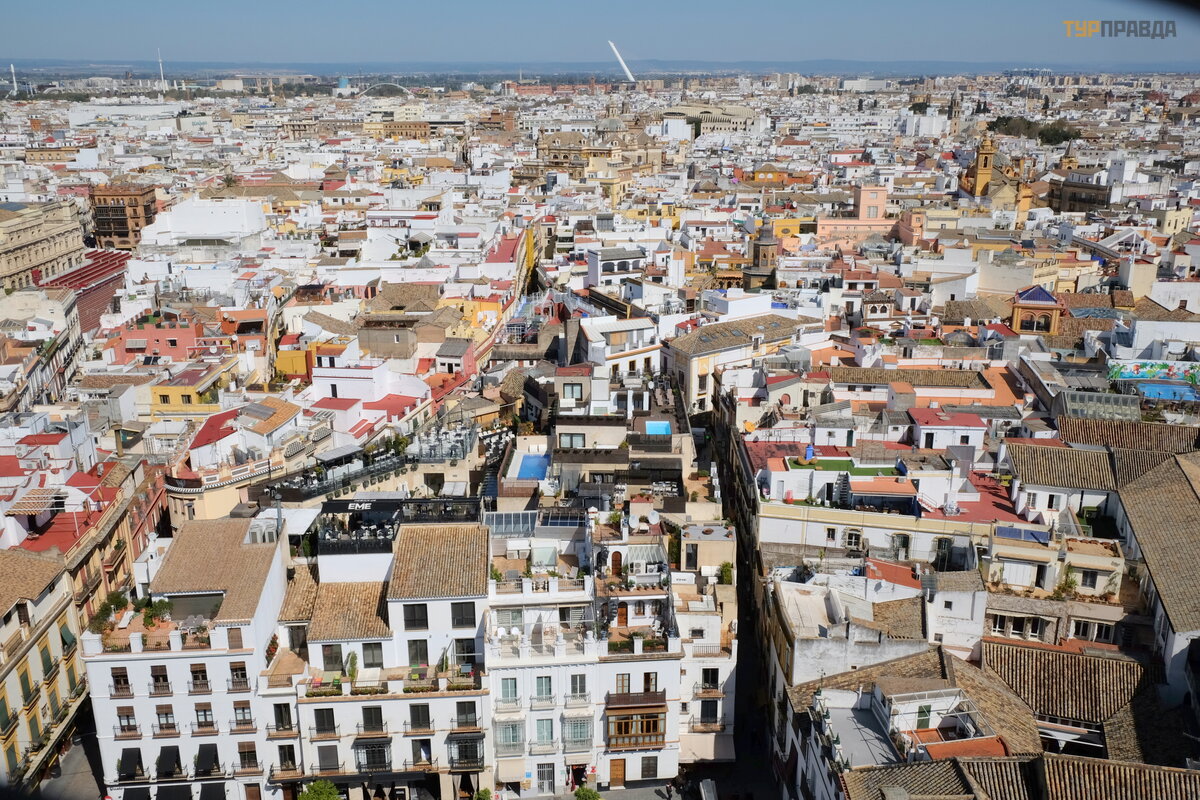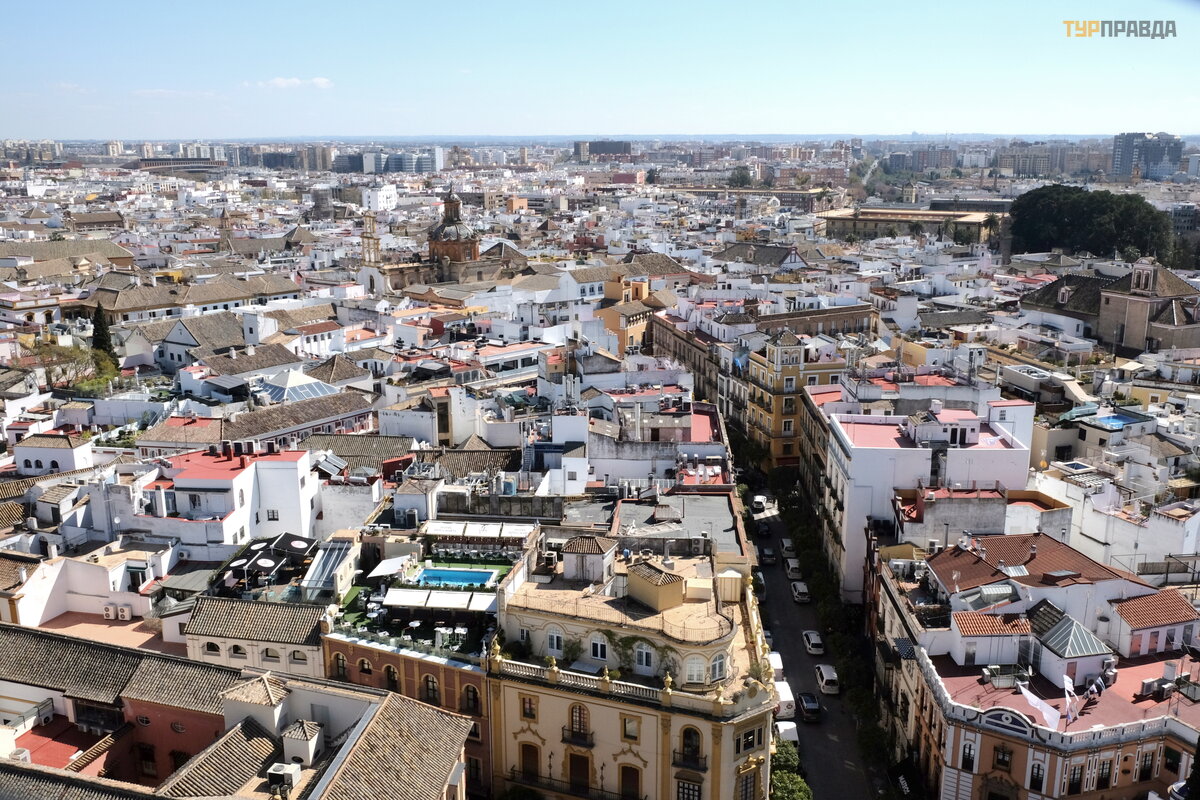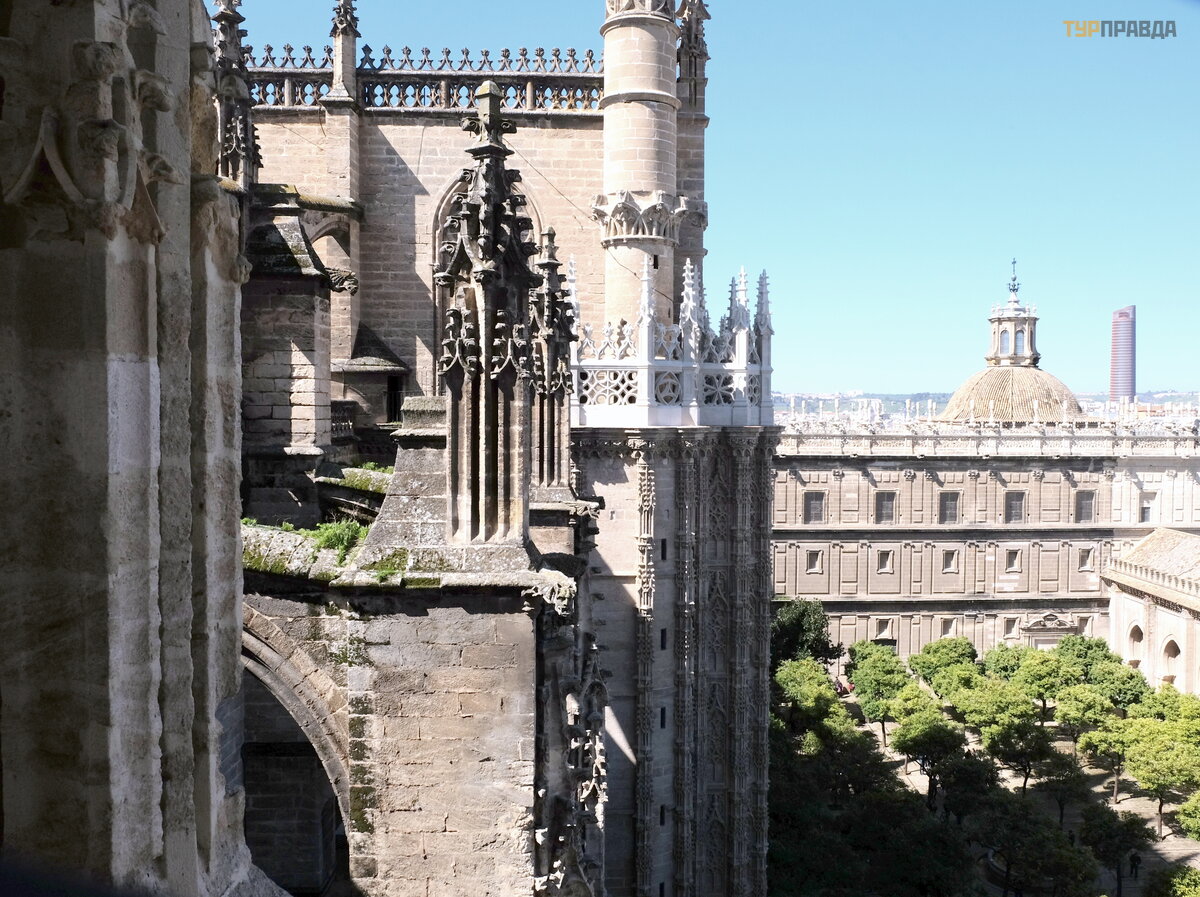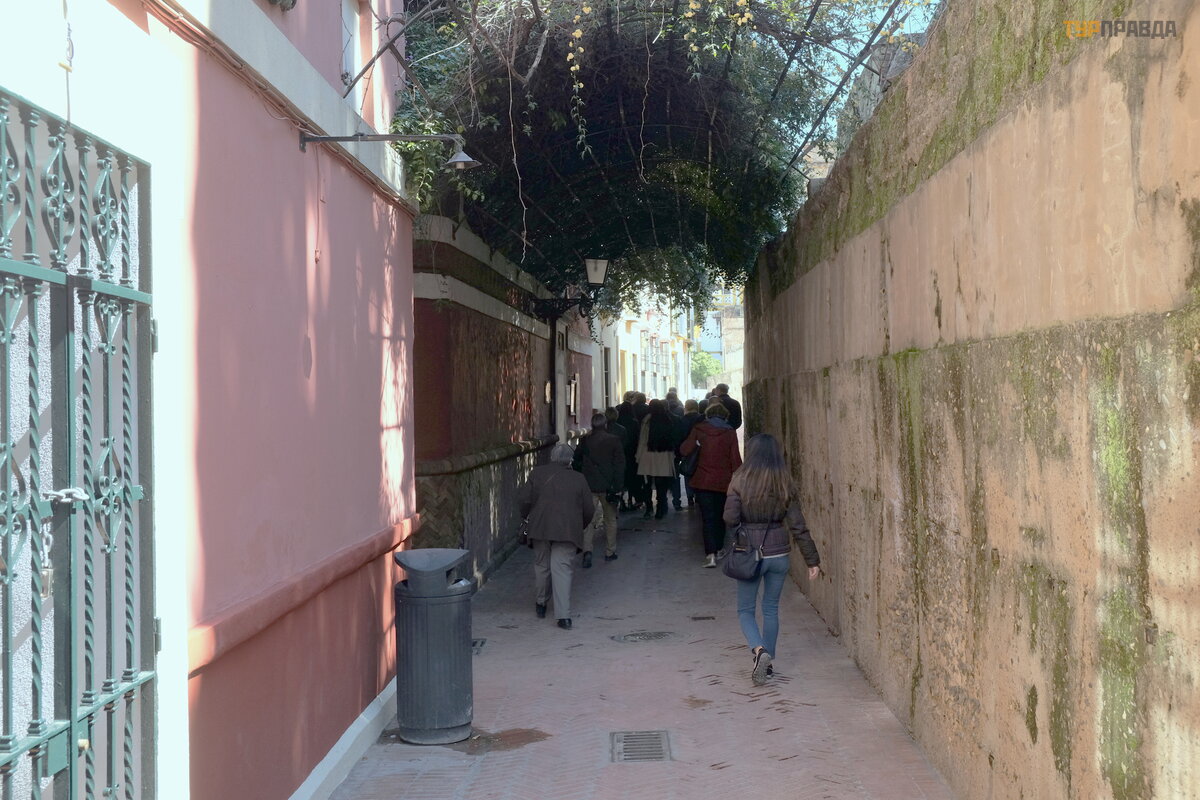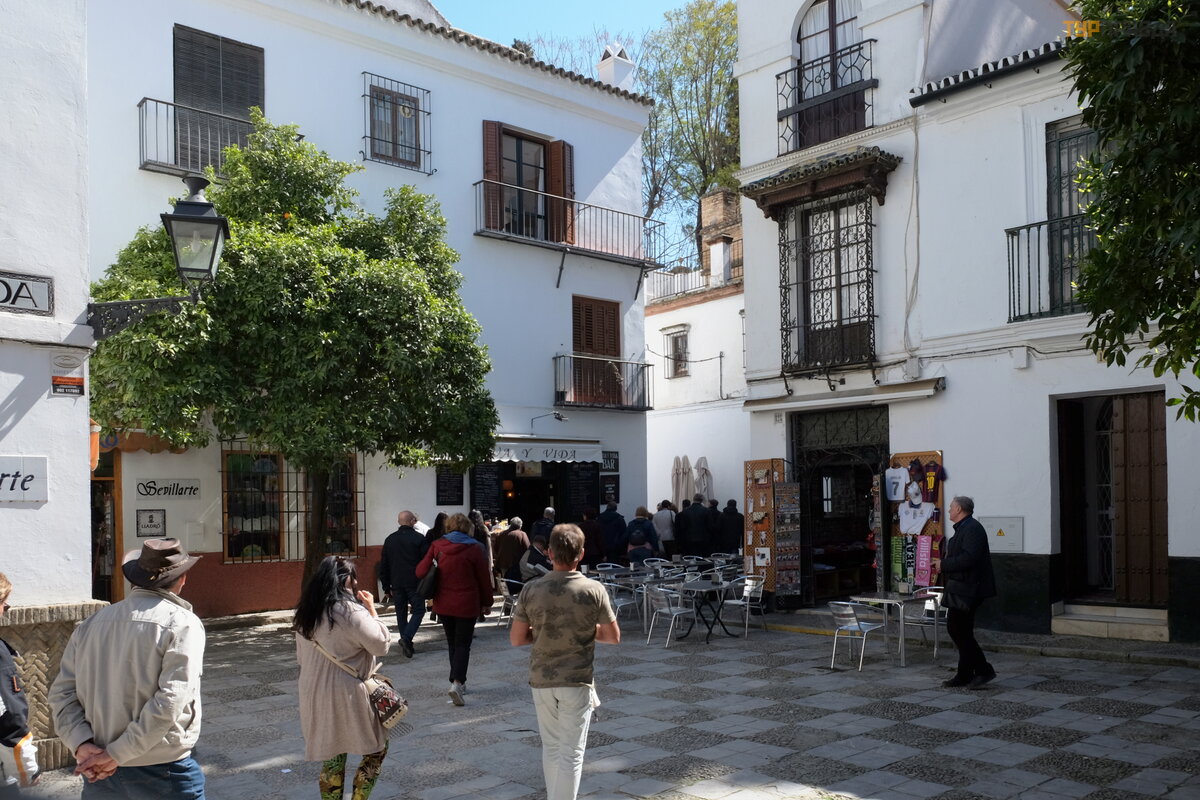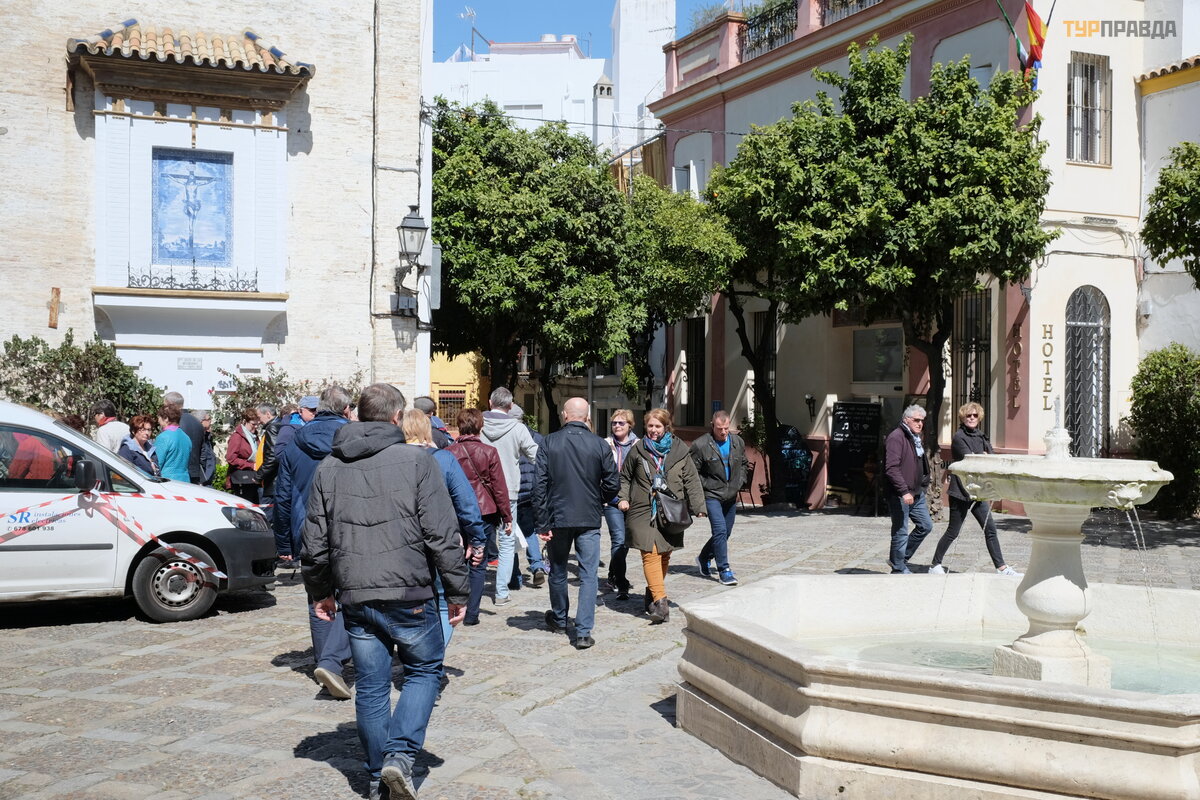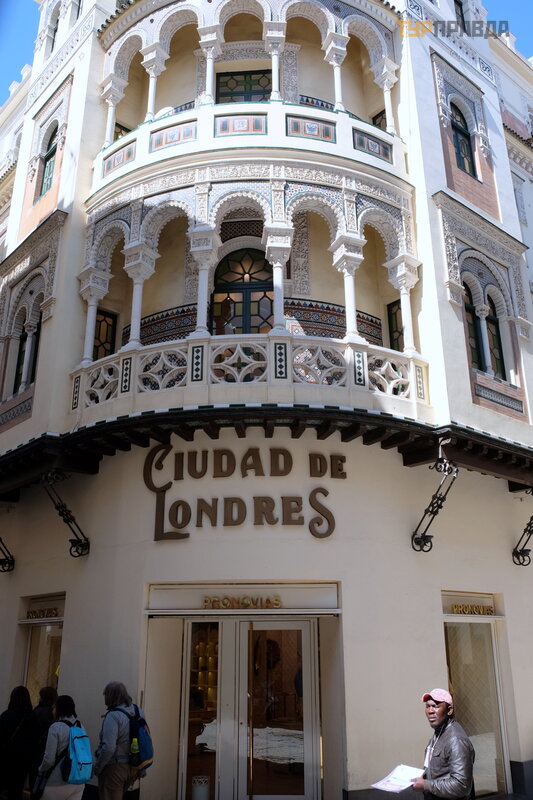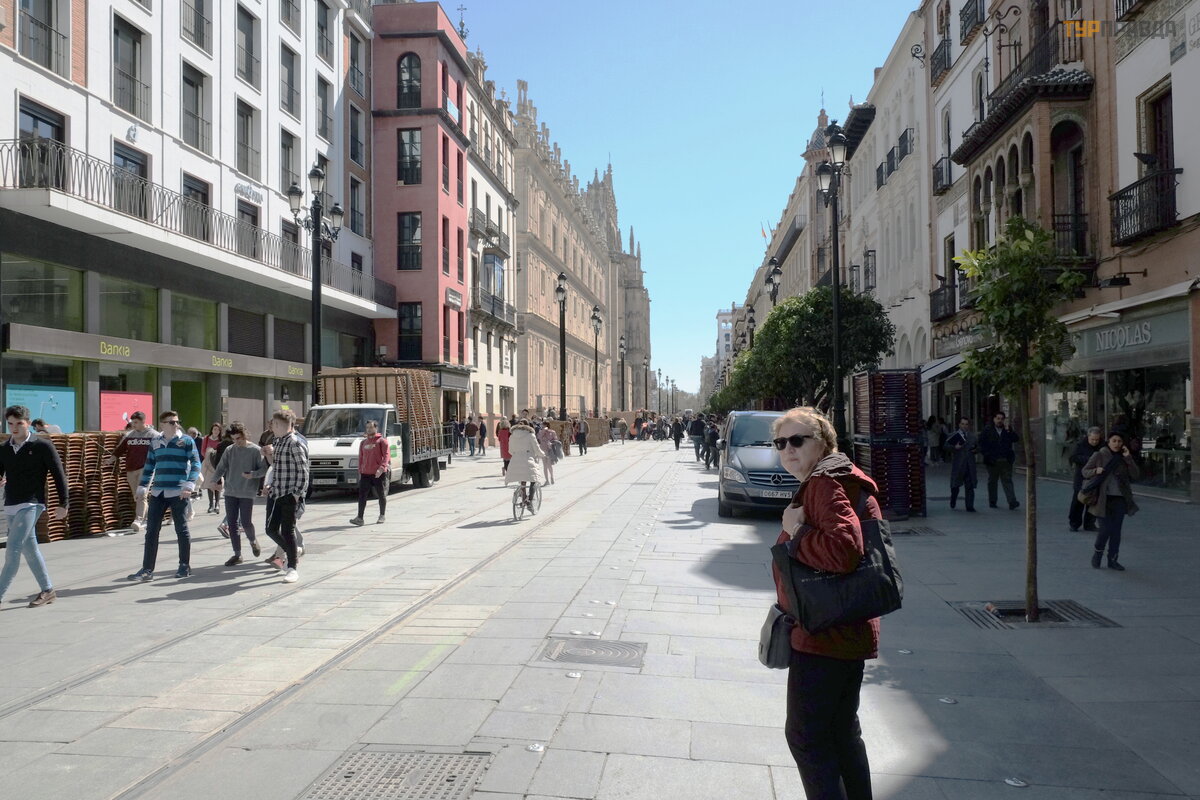And again Spain. Part 3

To be continued. Start here >>>
Day Five
Yesterday we settled in for the night in the outskirts of Seville, the hotel rooms are large, with a kitchenette. In the morning we went to the city for a tour. Seville is a rather large city, 700 thousand inhabitants, the capital of Andalusia. The city was founded by the Romans in the middle of the 2nd century BC. e. Seville reached its heyday in the 16-17 centuries after the discovery of America by Columbus. the city received a monopoly on the trade in goods from the West Indies. The Guadalquir River, on which the city stands, was full-flowing at that time and Seville became the main port of Spain, receiving and sending ships. In subsequent years, the city suffered a plague epidemic that halved the population, then, due to the Inquisition, Moorish artisans left the city and, in addition, the Guadalquir River became very shallow and Seville could no longer receive ships. Cadiz became the main port.
The weather was pleasant, warm, the sun was shining.
To begin with, we visited the complex of buildings built for the international exhibition of 1929 "Iberoamericana", for each Spanish-speaking country they built their own pavilion.
For the same exhibition, the most beautiful Plaza de Españ a was built in neo-Moorish style (architect Anibal Gonzalez). Around the square there are niches with mosaics dedicated to the provinces of Spain.
Building of the Captaincy General of Seville (this is something like governors)
This is the "Monumet of Triumph" - a memory of the terrible earthquake of 1755, when 80 thousand people died in six minutes, in this place there was a temple where believers prayed. People managed to jump out into the street and no one was hurt.
The group is slowly approaching the main attraction of Seville - the Cathedral. Entrance to the Cathedral - 9 euros.
The cathedral was built in 1401-1519. on the site of the former mosque. The orange courtyard and the Giralda minaret 1184-1198 remained from the mosque. converted into a bell tower, the height of the minaret was 70 meters, in 1560-1568
. the architect Ruiz built five more tiers with a bell tower and a bronze statue of Vera, which is a weather vane (giraldillo in Spanish) from which the name of the tower itself, which is now the symbol of Seville, came from.
The cathedral is the largest Gothic cathedral in Europe and the third largest in the world.
The central nave is divided by the main chapel, which is fenced on three sides with a wrought iron lattice.
Behind the bars is the most grandiose Retablo in Spain - the Altar Mayor iconostasis behind the altar (size 20x13 meters). They created a grandiose altar in 1482-1533, the Flemish master Dankart began (the central part), the Spaniard Jorge Fernandez finished. The altar contains 45 reliefs and over 1.000 figures.
Another 18th century retablo in the chapel of the Blessed Virgin Mary, in the center is an image of the Virgin Mary from the 14th century.
Altar del Plata (Silver Altar) with a giant silver crown.
Painting by Murillo in St. Anthony's Chapel
In the Cathedral there is the tomb of Christopher Columbus, although after his death the remains of the great navigator were reburied many times: first in Seville, then according to his posthumous will in the Dominican Republic, when the French took possession of the island, they were reburied in Havana, after the French were expelled, they were buried back in the Dominican Republic, and then back to Seville.
The four kings symbolize Castile, Aragon, Leó n and Navarre
Openwork Gothic vault
Dome of the Main Presbytery Cathedral
Chorus 1470-1520
Vault of the Capitular Hall with paintings by Murillo
In the main treasury there is a Golden Royal Crown encrusted with 11.000 precious stones. The figurine of an angel is made of a rare form of a pearl almost completely repeating the shape of the body.
Silver monstrance three meters high by the jeweler Huon de Arfe of the 16th century.
Silver Reliquary
More treasures
Then I managed to climb the Giralda tower, although I'm not a big fan of such climbs. it’s good that the ascent to the tower is wide and smooth (before, they drove to the minaret on donkeys), you can stand in the nooks and crannies to rest. The reward was views of the city from above.
After going downstairs, we rested our breath in the Orange Garden of the cathedral and the group moved to the old quarter of Santa Cruz.
According to legend, Don Juan lived here.
Here is his balcony
And here is a monument to him nearby
Walking along the wall of the Alcazar
Then the group was given free time, we walked around the city, went to buy food at El Cort. Then we had a snack under the monument to Velasquez.
In Seville, preparations for the Holy Week were in full swing, the most massive processions take place here. Platforms were already built on some streets and trams did not run.
Departure from Seville was determined at 15-30, the meeting point at the Golden Tower (Torre del Oro). The tower was built by the Moors in 1220 to protect the harbor of the city. There used to be another tower on the opposite bank of the Guadalquir River, and between them a steel chain was stretched across the river from unwanted ships. The tower was connected by a wall to the Alcazar.
Further our path lay "From Seville to Granada", it is 252 km. The transfer was decent in time and we arrived at the hotel at 19-00, the hotel was four stars (the only four on the route) and was located on a mountain just above the Alhambra. You could either go down to the city or take small buses. Our guide advised us to take dinner here (buffet for 16 euros + drinks at quite normal prices), which we did and the dinner was perfect.
After that (and since it was already dark at 20-00) I didn’t want to go anywhere in the evening.
Continued here >>>



